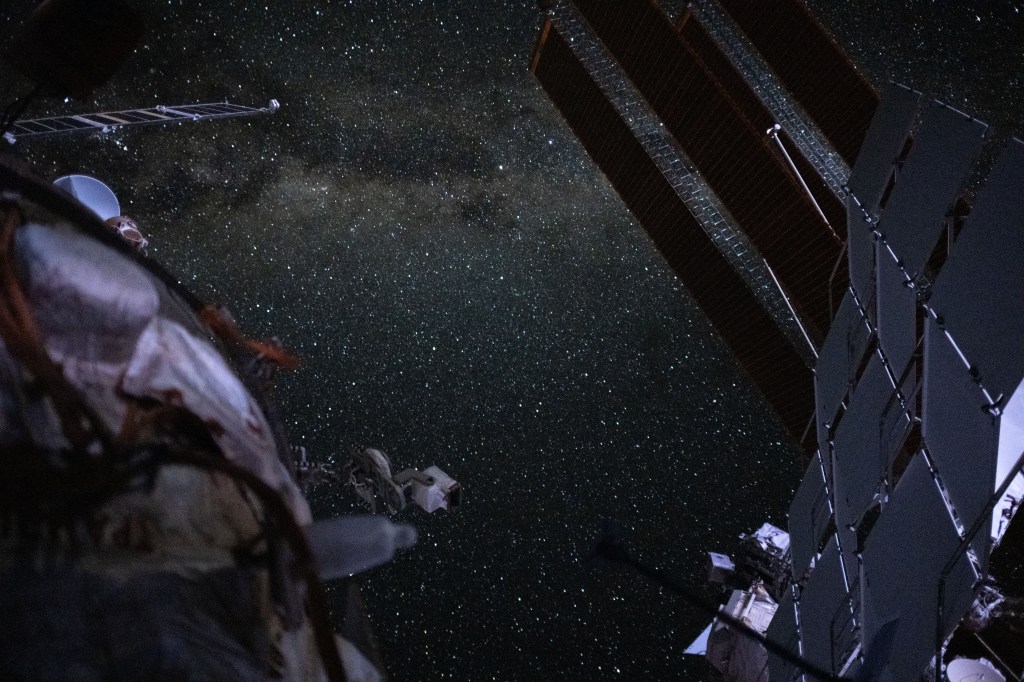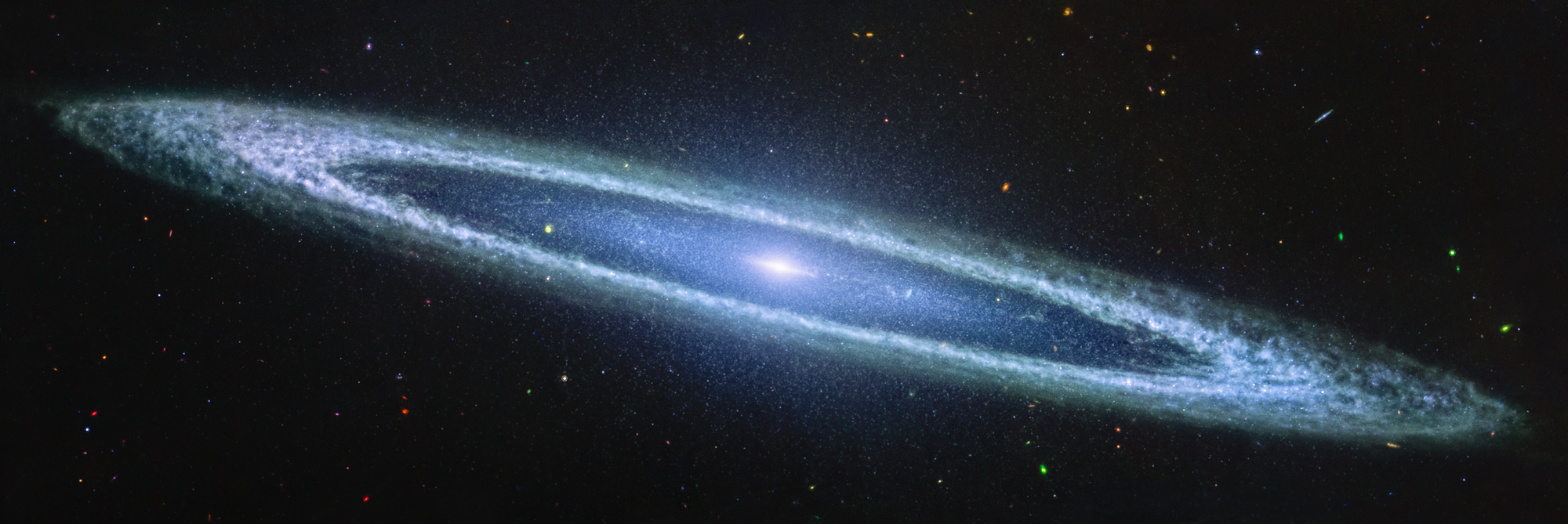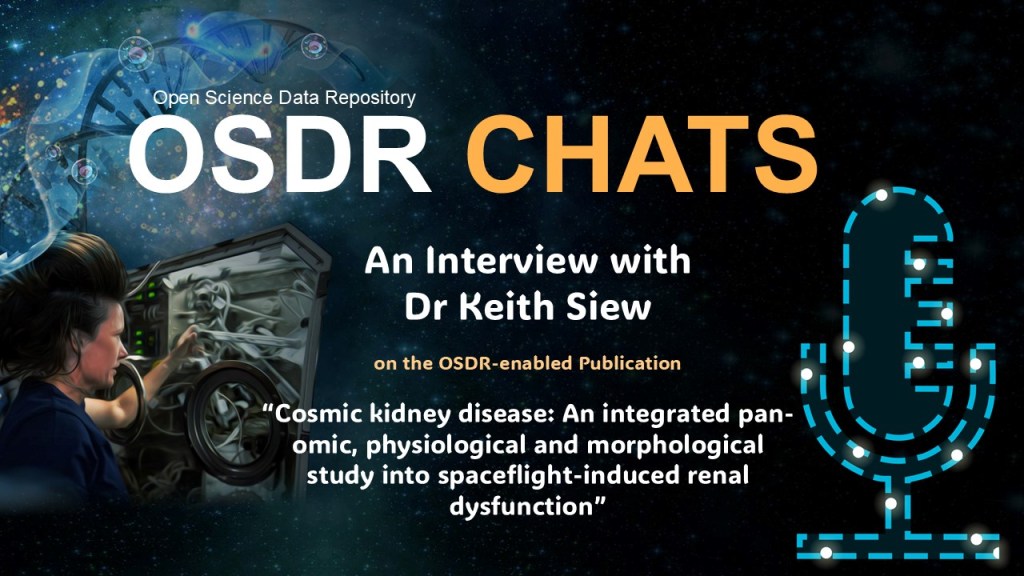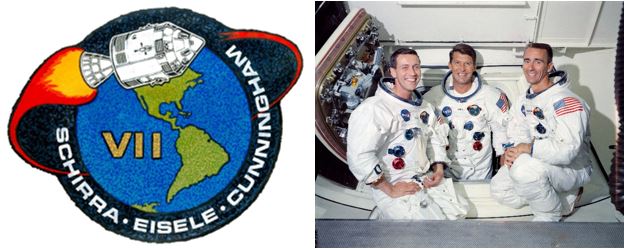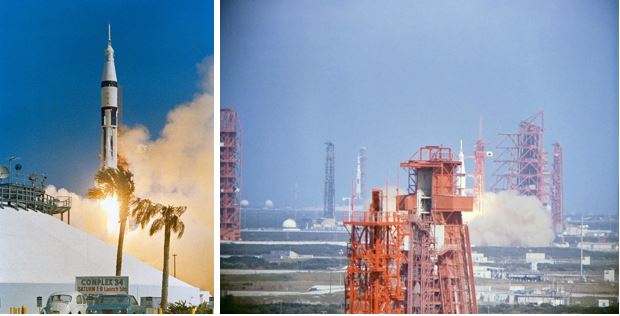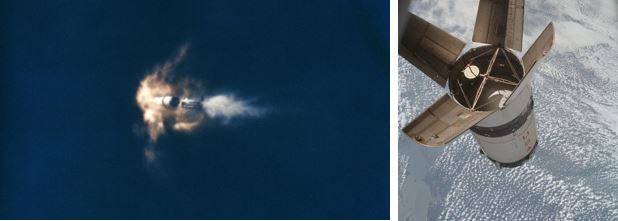Americans were in space again for the first time in nearly 22 months. After months of preparation, Apollo 7, with Walter “Wally” M. Schirra, Jr., Donn F. Eisele, and R. Walter “Walt” Cunningham aboard, thundered off Launch Complex 34 at Cape Kennedy on October 11, 1968. The engineering test flight’s primary objectives during the open-ended 11-day mission were to thoroughly test the Apollo Command and Service Modules’ (CSM) systems including the Service Propulsion System (SPS), the all-important engine that on future flights would insert the spacecraft into lunar orbit and later rocket it on its homeward journey. Another objective was to practice rendezvous with the rocket’s spent second stage. The crew also planned to conduct the first live television broadcasts from an American spacecraft. Also for the first time, the crew would have hot meals including coffee available to them, using heated water to rehydrate packages of food, marking a significant improvement over earlier programs.
As a lesson learned from the Apollo 1 fire in January 1967, the cabin atmosphere during the countdown was maintained with a mixture of 65% oxygen and 35% nitrogen at sea level pressure. During the launch, the pressure was lowered to 5 pounds per square inch and the mixture adjusted to 100% oxygen. NASA implemented many other changes to the spacecraft since the tragic fire, including an outward opening unified Command Module hatch and a significant reduction in flammable materials in the cabin.
Schirra, Eisele, and Cunningham were not only beginning the first in-orbit crewed test of the Apollo spacecraft, they were the first to ride a Saturn booster into space. Apollo 7 also marked the first three-person American spaceflight. The Saturn 1B rocket’s S-IB first stage generated 1.6 million pounds of thrust to lift it off the pad and burned for 2.5 minutes, until the vehicle was 43 miles high. The rocket’s S-IVB second stage, generating 200,000 pounds of thrust from its single liquid hydrogen-fueled engine, ignited and burned for about 8 minutes, placing Apollo 7 and its crew into an initial 142-by-175-mile elliptical Earth orbit. The crew described the ascent to orbit as a smooth ride, with Schirra reporting “She is riding like a dream,” and that it was smoother than his previous launches on Atlas and Titan rockets. This marked the first time humans rode on a rocket stage powered by liquid hydrogen.
As soon as the rocket cleared the launch tower, control of the mission transferred from the Firing Room in the Pad 34 Blockhouse to Mission Control at the Manned Spacecraft Center, now the Johnson Space Center in Houston. Three teams of controllers, led by Lead Flight Director Glynn S. Lunney and Flight Directors Eugene F. “Gene” Kranz and Gerald D. Griffin, working in eight-hour shifts, monitored all aspects of the mission until splashdown. An exciting moment occurred about 80 minutes into the flight when the building housing Mission Control lost power and all the lights went dark. None of the computers or communications capabilities were affected and the building’s power was restored within 2 minutes, resulting in no impact to the mission.
Once on orbit, the crew began activating the Apollo spacecraft’s systems to prepare for the first major task of the mission. The Apollo CSM remained attached to the S-IVB stage for about three hours, during which time the crew briefly practiced controlling the combined vehicle. Schirra fired the Service Module’s (SM) Reaction Control System (RCS) or attitude control thrusters to separate from the spent stage and pulled the CSM about 50 feet away. Eisele then turned the spacecraft around to face the S-IVB, and again using the RCS thrusters began to approach the spent stage, at one point coming to within about five feet of the rocket stage. This maneuver, called Transposition and Docking, would be used on later flights to extract the Lunar Module (LM) from the S-IVB. The crew noted that one of the four Spacecraft LM Adaptor (SLA) panels failed to deploy to the fully open 45 degree position. This posed no problem on this flight since it carried no LM and planned no docking, but on a future mission could become a safety issue. NASA managers decided that on later Apollo flights, the panels would be jettisoned. The maneuver completed, the crew flew their spacecraft to a distance of 80 miles from the S-IVB to set up the rendezvous maneuver planned for the next day. That activity would involve the first two firings of the SPS.
Although all tasks were successfully completed during the first day in space, about 15 hours into the mission Schirra reported that he had come down with a head cold. Soon after, Eisele and Cunningham reported similar symptoms. While a cold on the ground can be a nuisance, in weightlessness it poses a bigger problem, with the headward shift of body fluids aggravating the congestion. To relieve the congestion, one must blow hard which can lead to painful eardrums. The colds stayed with the crew for the rest of the mission and likely contributed to some of the tensions between them and Mission Control.
Read Glynn Lunney’s and Walt Cunningham’s oral histories with the JSC History Office.





